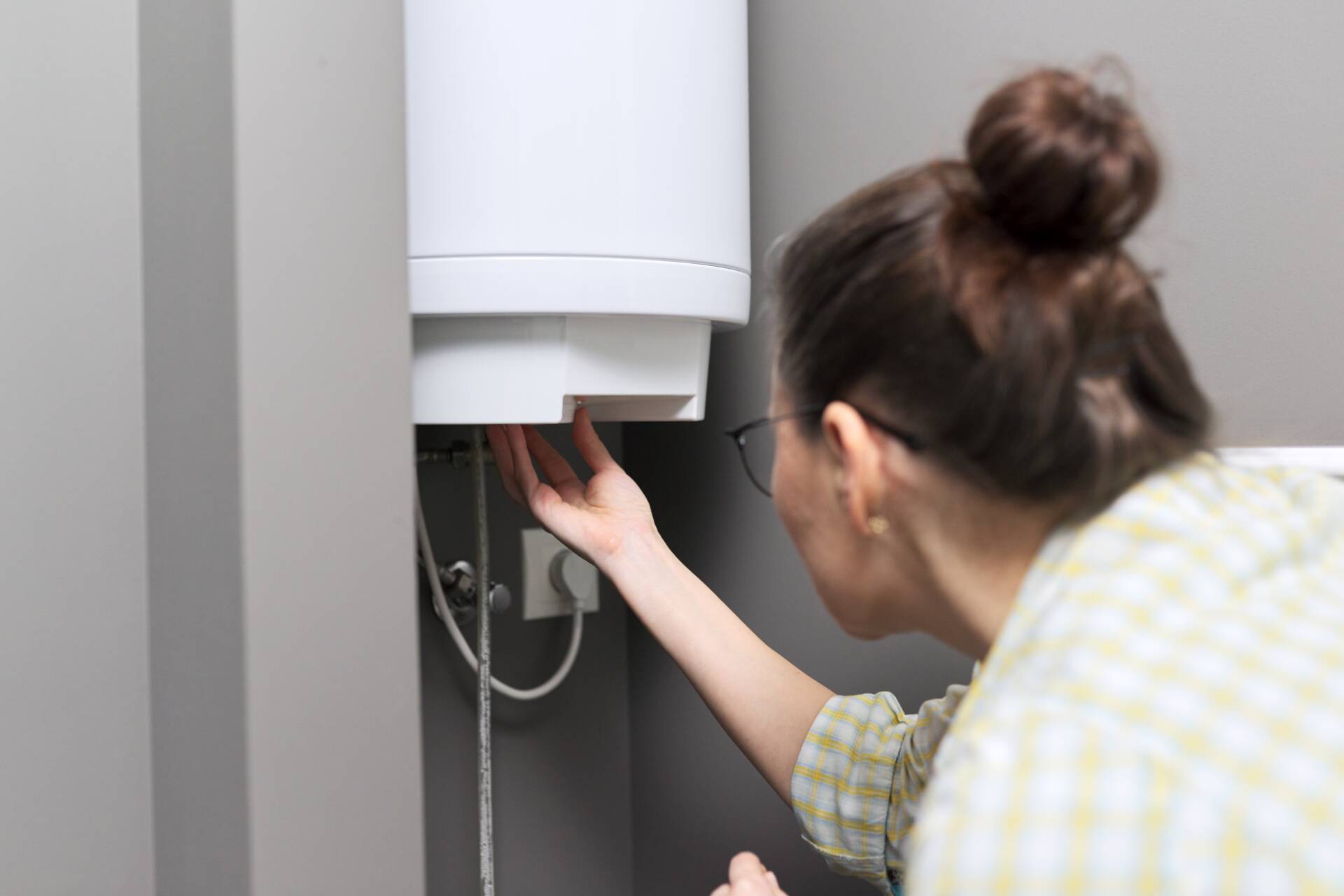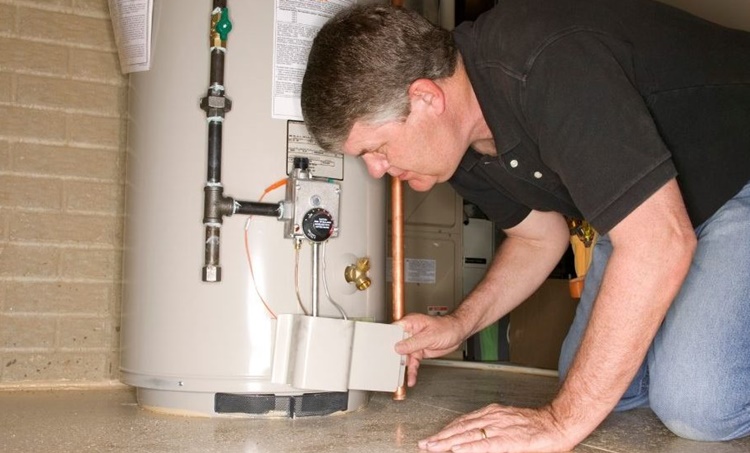How to Extend the Life of Your Home's Hot Water System Through MaintenanceEffective Strategies for Caring for Your Home's Hot Water System
How to Extend the Life of Your Home's Hot Water System Through MaintenanceEffective Strategies for Caring for Your Home's Hot Water System
Blog Article
How do you really feel with regards to Tips on Maintaining a Water Heater?

Warm water is essential for day-to-day comfort, whether it's for a refreshing shower or cleaning dishes. To guarantee your hot water system runs successfully and lasts longer, normal maintenance is key. This post provides sensible suggestions and understandings on exactly how to keep your home's warm water system to prevent disruptions and pricey repair work.
Introduction
Keeping your home's hot water system could appear complicated, but with a couple of simple steps, you can ensure it runs smoothly for several years to find. This overview covers whatever from comprehending your warm water system to DIY maintenance pointers and understanding when to employ professional assistance.
Relevance of Preserving Your Warm Water System
Regular upkeep not just extends the life expectancy of your warm water system but likewise guarantees it operates effectively. Disregarding maintenance can result in lowered efficiency, higher power costs, and even premature failing of the system.
Signs Your Hot Water System Requirements Upkeep
Knowing when your hot water system requires focus can prevent major problems. Keep an eye out for indicators such as inconsistent water temperature, odd sounds from the heater, or rusty water.
Comprehending Your Warm Water System
Prior to diving into maintenance tasks, it's helpful to understand the basic components of your hot water system. Typically, this consists of the hot water heater itself, pipelines, anode poles, and temperature level controls.
Monthly Upkeep Tasks
Normal regular monthly checks can help capture minor issues prior to they intensify.
Flushing the Hot Water Heater
Flushing your water heater removes sediment build-up, boosting performance and extending its life.
Checking and Changing Anode Rods
Anode rods prevent deterioration inside the storage tank. Inspecting and changing them when worn out is critical.
Checking and Readjusting Temperature Level Settings
Adjusting the temperature level setups makes sure ideal performance and safety and security.
DIY Tips for Upkeep
You can execute numerous maintenance tasks on your own to maintain your warm water system in leading condition.
Looking for Leakages
Routinely inspect pipes and connections for leaks, as these can result in water damage and greater expenses.
Checking Stress Alleviation Valves
Evaluating the pressure relief valve ensures it functions correctly and avoids too much pressure buildup.
Protecting Pipelines
Shielding warm water pipes decreases warm loss and can conserve energy.
When to Call an Expert
While do it yourself upkeep is advantageous, some concerns require professional competence.
Complicated Problems Calling For Expert Assistance
Instances consist of major leakages, electrical problems, or if your hot water heater is regularly underperforming.
Routine Professional Upkeep Conveniences
Specialist maintenance can include complete inspections, tune-ups, and guaranteeing conformity with safety and security criteria.
Conclusion
Routine maintenance of your home's hot water system is vital for performance, longevity, and expense financial savings. By complying with these pointers and understanding when to look for specialist help, you can make sure a reliable supply of hot water without unforeseen disturbances.
How to Maintain an Instant Hot Water Heater
Before tinkering with your hot water heater, make sure that it’s not powered on. You also have to turn off the main circuit breaker and shut off the main gas line to prevent accidents. Also turn off the water valves connected to your unit to prevent water from flowing into and out of the appliance. 2. When you’re done, you have to detach the purge valves’ caps. These look like the letter “T” and are situated on either side of the water valves. Doing so will release any pressure that has accumulated inside the valves while at the same time avoid hot water from shooting out and burning your skin. 3. When the purge valves’ caps are removed, you have to connect your hosing lines to the valves. Your unit should have come with three hoses but if it didn’t, you can purchase these things from any hardware or home repair shops. You can also get them from retail stores that sell water heating systems. Read the user’s manual and follow it to complete this task properly. When the hosing lines are connected, open the purge port’s valves. 4. You should never use harsh chemical cleaners or solutions when cleaning your unit. Make use of white vinegar instead. It should be undiluted and you’ll probably use about 2 gallons. 5. Now flush your water heater. This task should probably take about 40 minutes. We can’t give you specific directions for this because the procedure is carried out depending on the type, model and brand of your heater. With that being said, refer to the user’s manual. 6. When you’re done draining the unit, you have to turn off the purge port valves again. Remove the hosing lines that you earlier installed on each of the water valves. Put the valve caps (purge port) back in their respective places and be very careful so as not to damage the rubber discs that are found inside these caps. 7. Now that everything’s back in place, check your user’s manual again to find out how to reactivate your water heating system. 8. Once it is working, turn one of your hot water faucets on just to let air pass through the heater’s water supply pipes. Leave the tap on until water flows smoothly out of it. https://www.orrplumbing.com/blog/2014/september/how-to-maintain-an-instant-hot-water-heater/

I hope you enjoyed our excerpt about Tips on Maintaining a Water Heater. Thanks a ton for taking time to browse our blog. Appreciated our entry? Please share it. Let someone else check it out. We enjoy your readership.
Book An Estimate Now Report this page